Some of the most memorable losses in anime are the ones that happen out of frame, delivered through letters, flashbacks, or heartbreaking aftermaths. These unseen moments push stories forward, reshape characters, and leave viewers piecing together what happened from the clues left behind. Here are fifteen notable examples where the death itself isn’t shown, but its impact shapes everything that follows.
Kite in ‘Hunter x Hunter’
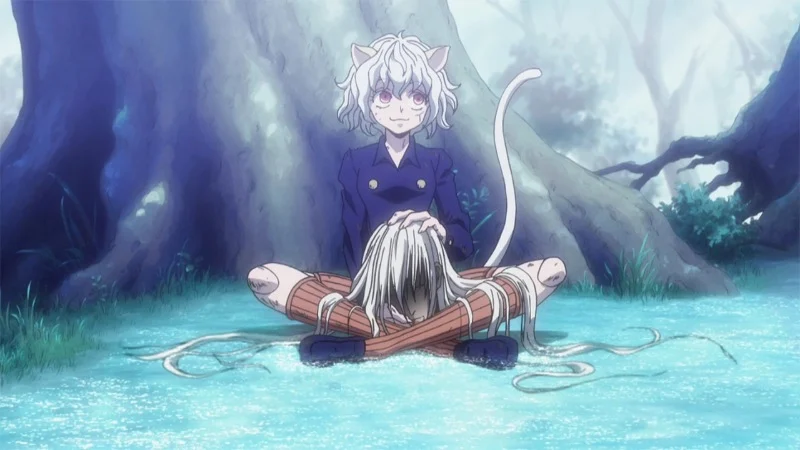 Mahouse
MahouseKite’s fate is revealed after the Chimera Ants capture him, with the series only showing the consequences when he returns as a grotesque puppet. Gon learns the truth through others and from what Neferpitou did, rather than any on-screen final blow. The 2011 adaptation by Madhouse carefully withholds the moment, letting later scenes confirm what happened.
Midnight in ‘My Hero Academia’
 Bones
BonesDuring the Paranormal Liberation War, Midnight becomes separated and is later found dead by her students, with no direct depiction of her final moments. Reports and the aftermath make clear she was killed while trying to protect others. Bones presents the discovery through somber reactions and official confirmations rather than a shown death.
Naomi Misora in ‘Death Note’
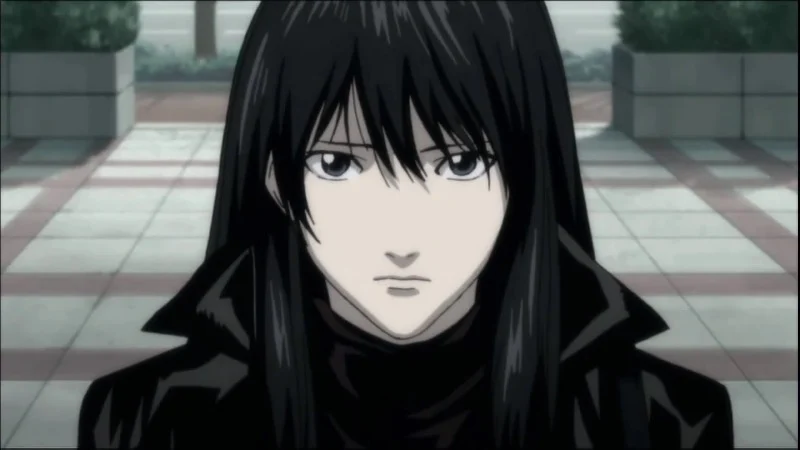 Madhouse
MadhouseLight manipulates Naomi into an alleyway and the series cuts away before the act, leaving her disappearance confirmed only through investigation and inference. Police records and L’s deductions establish her fate afterward. Madhouse keeps the death off-screen, emphasizing the procedural fallout and chilling silence that follows.
Ymir in ‘Attack on Titan’
 Wit Studio
Wit StudioAfter leaving with Reiner and Bertholdt, Ymir writes a letter explaining the choice that led to her death, but the event itself is never shown. Her final act is understood through correspondence and the reactions of those who read it. Wit Studio conveys the loss through that letter and later dialogue instead of a depicted scene.
Marco Bodt in ‘Attack on Titan’
 Wit Studio
Wit StudioMarco’s body is discovered after the Battle of Trost, with the actual circumstances initially left unseen. Only much later do characters recount what happened, confirming betrayal and a stripped gear leading to his end. Wit Studio deliberately withholds the original moment, letting the revelation reframe earlier episodes.
The original-timeline victims in ‘Erased’
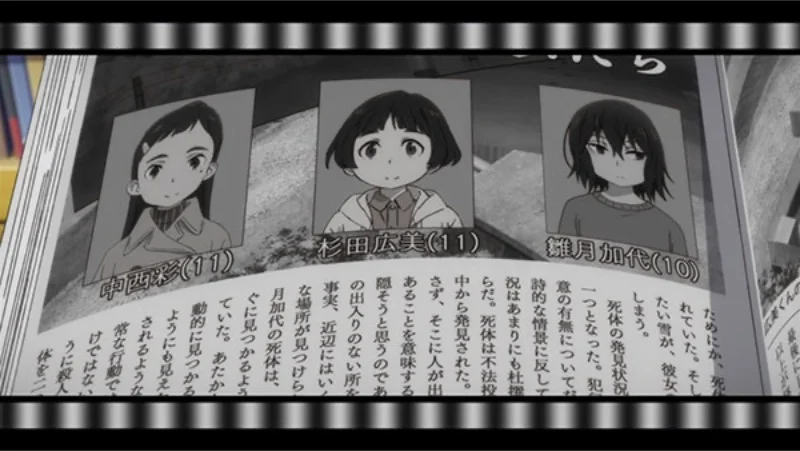 A-1 Pictures
A-1 PicturesIn the timeline Satoru aims to change, multiple children are murdered without the series ever showing those deaths as they occur. Files, news reports, and Satoru’s memories document the victims’ fates. A-1 Pictures focuses on preventing the crimes, keeping the original killings off-screen and in the record.
The Kamado family in ‘Demon Slayer: Kimetsu no Yaiba’
 Ufotable
UfotableTanjiro returns to find his family slain and Nezuko barely alive, with the attack itself never depicted. Evidence at the scene and later explanations identify the culprit and timing. Ufotable presents the aftermath and investigation rather than the moment of murder.
Trisha Elric in ‘Fullmetal Alchemist: Brotherhood’
 Bones
BonesEdward and Alphonse’s mother dies from illness before the story’s present, and the series never shows her passing. Photographs, graveside visits, and the boys’ failed transmutation establish the loss. Bones uses memories and consequences to convey the death without depicting it.
Kuina in ‘One Piece’
 Toei
ToeiZoro’s childhood rival dies in an accident at the dojo, and the anime relays the news after the fact. Her funeral and Zoro’s vow carry the narrative weight, not the incident itself. Toei Animation treats the event as a confirmed tragedy communicated through mentors and mourners.
Conny in ‘The Promised Neverland’
 CloverWorks
CloverWorksEmma and Norman discover Conny’s body at the gate, with her death occurring off-screen just moments prior. A tag on her shipment and the state of the scene explain what happened. CloverWorks lets the revelation and logistics of the orphanage’s secret speak for themselves.
Marowak in ‘Pokémon’
 OLM
OLMIn the Lavender Town episode, the ghost haunting the tower is revealed to be a Marowak killed by poachers earlier. The anime confirms Team Rocket’s role, but the act is never shown. OLM resolves the arc by identifying the spirit and allowing it to pass on.
Kyoko Honda in ‘Fruits Basket’
 TMS Entertainment
TMS EntertainmentTohru’s mother dies in a car accident before the events most viewers see, and the series communicates this through memories and keepsakes. Characters recount the circumstances and share what authorities reported. TMS Entertainment keeps the incident off-screen, focusing on how Kyoko’s advice guides Tohru.
Menma in ‘Anohana: The Flower We Saw That Day’
 A-1 Pictures
A-1 PicturesThe group’s friend dies years before the main story, and the accident itself is never depicted. Testimony, shared guilt, and the place where it happened fill in the details. A-1 Pictures builds the mystery through conversations and recovered memories rather than a shown event.
Inspector Sasayama in ‘Psycho-Pass’
 Production IG
Production IGKougami’s former partner is killed in an old case tied to the central villain, yet viewers only learn the details from case files and flashback dialogue. The death motivates Kougami’s pursuit and frames the investigation. Production I.G keeps the moment entirely in the backstory and official reports.
Seita and Setsuko’s Mother in ‘Grave of the Fireflies’
 Studio Ghibli
Studio GhibliEarly in the film, the siblings’ mother is gravely injured during an air raid and later dies off-screen at a clinic. The children learn the outcome and we see the aftermath, not the last moments. Studio Ghibli uses the hospital scenes and later confirmation to establish the loss without depicting it.
Share the unseen anime deaths you think left the biggest mark, and tell us which ones we should add in the comments.

.jpeg)

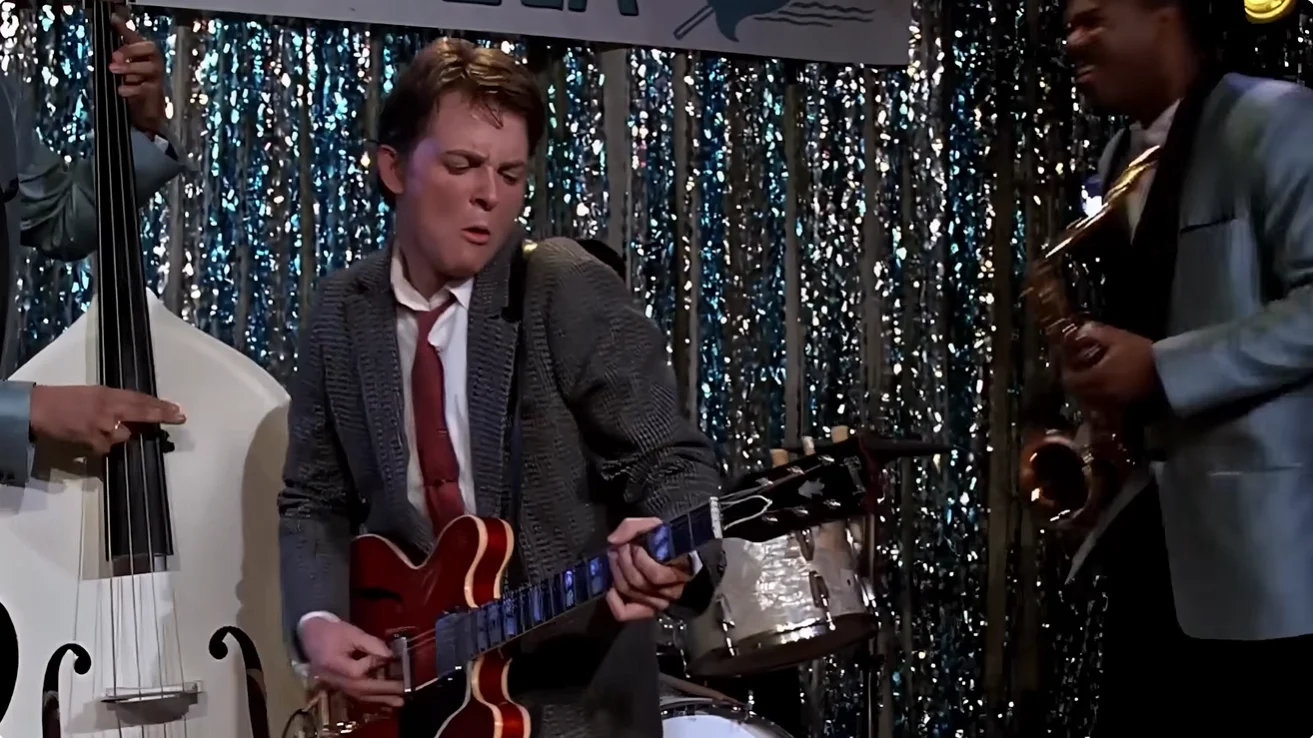
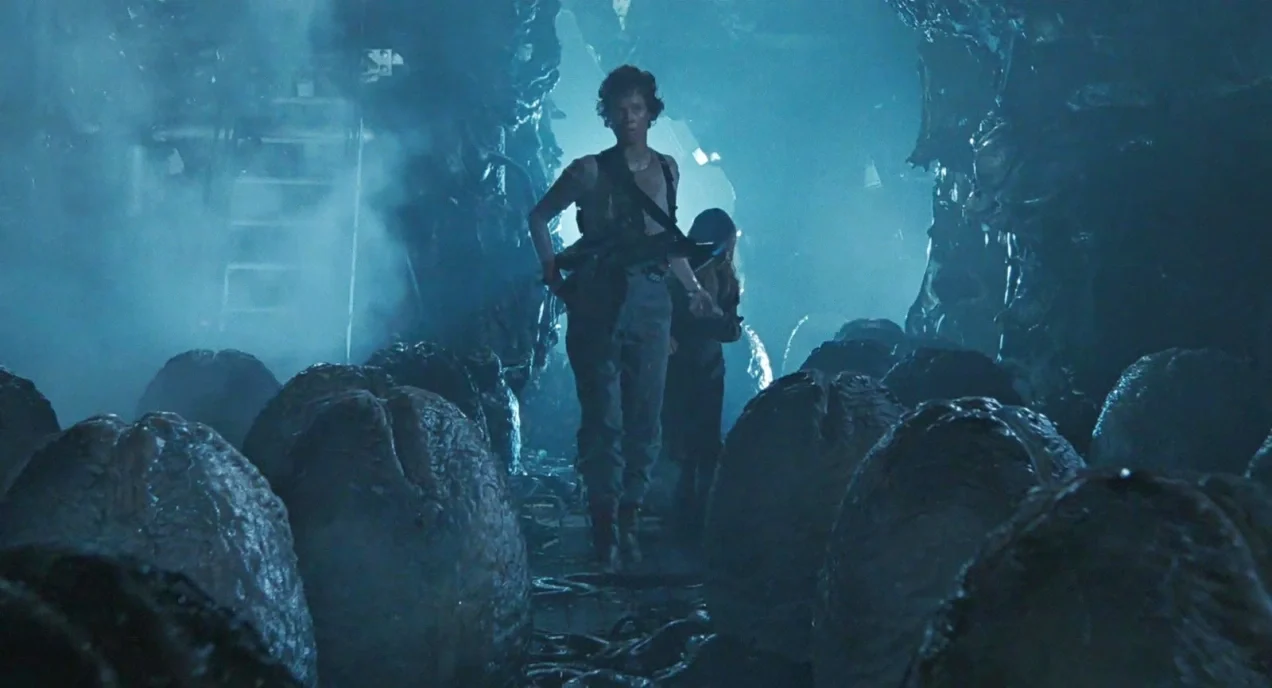


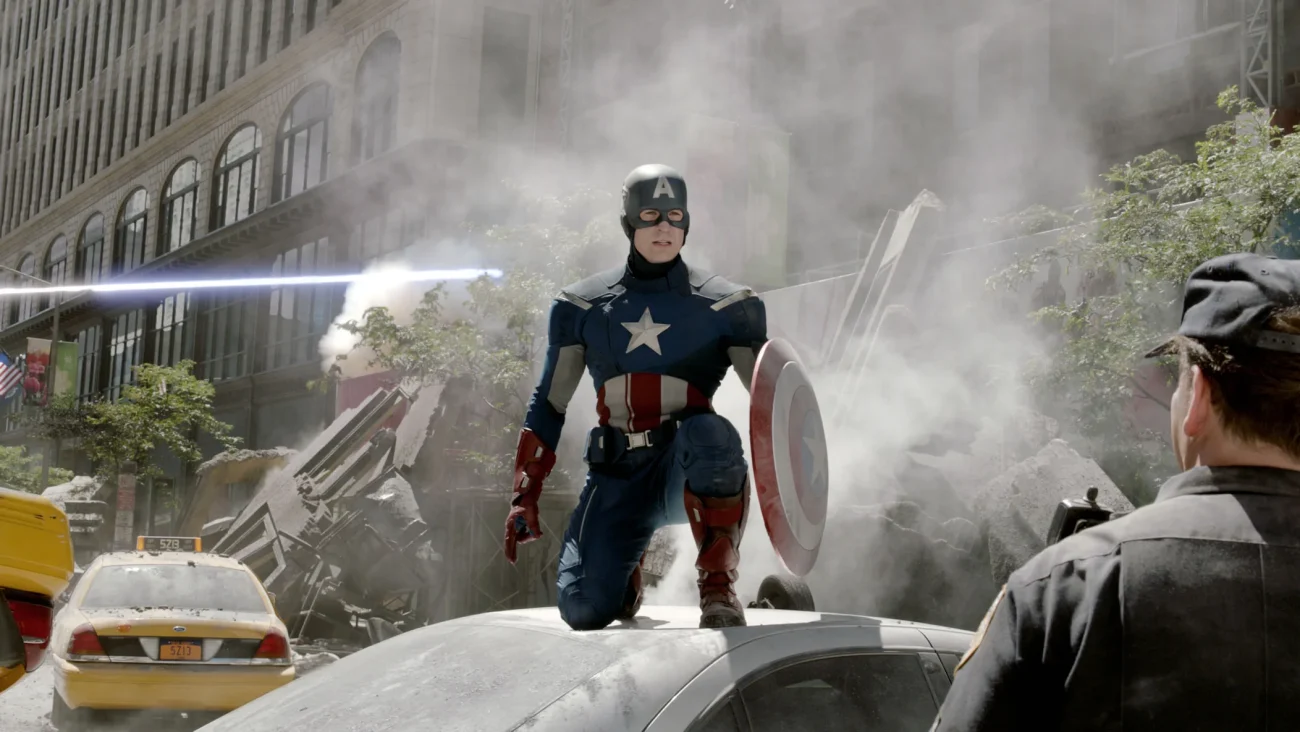
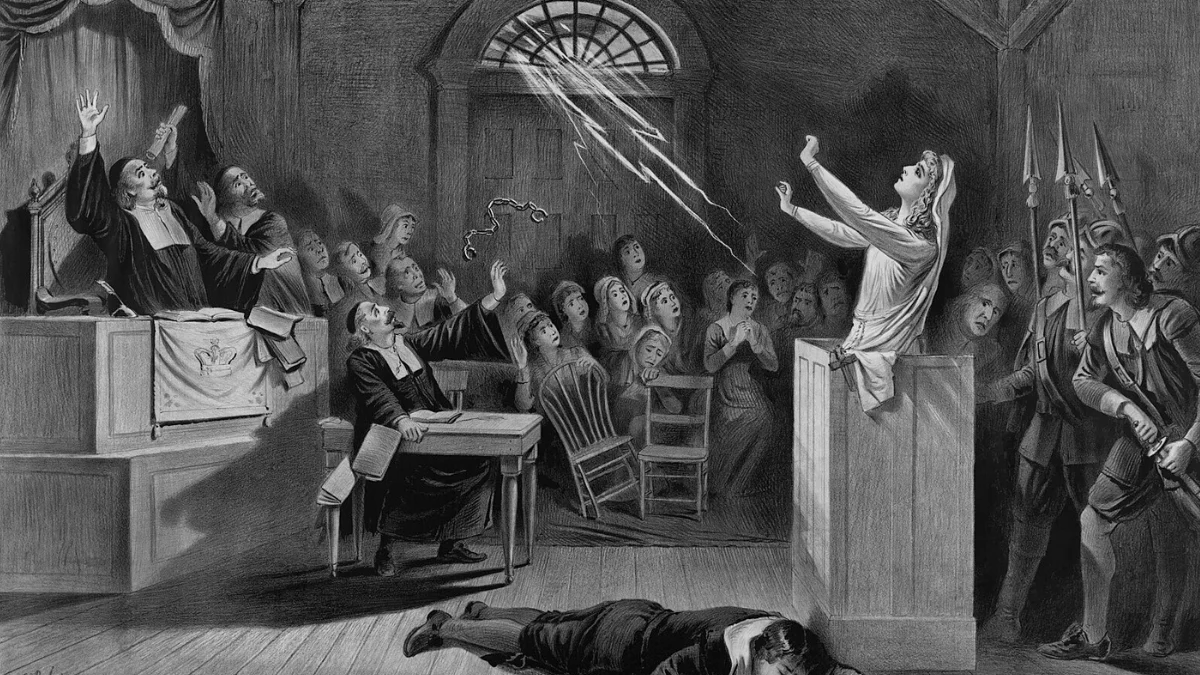


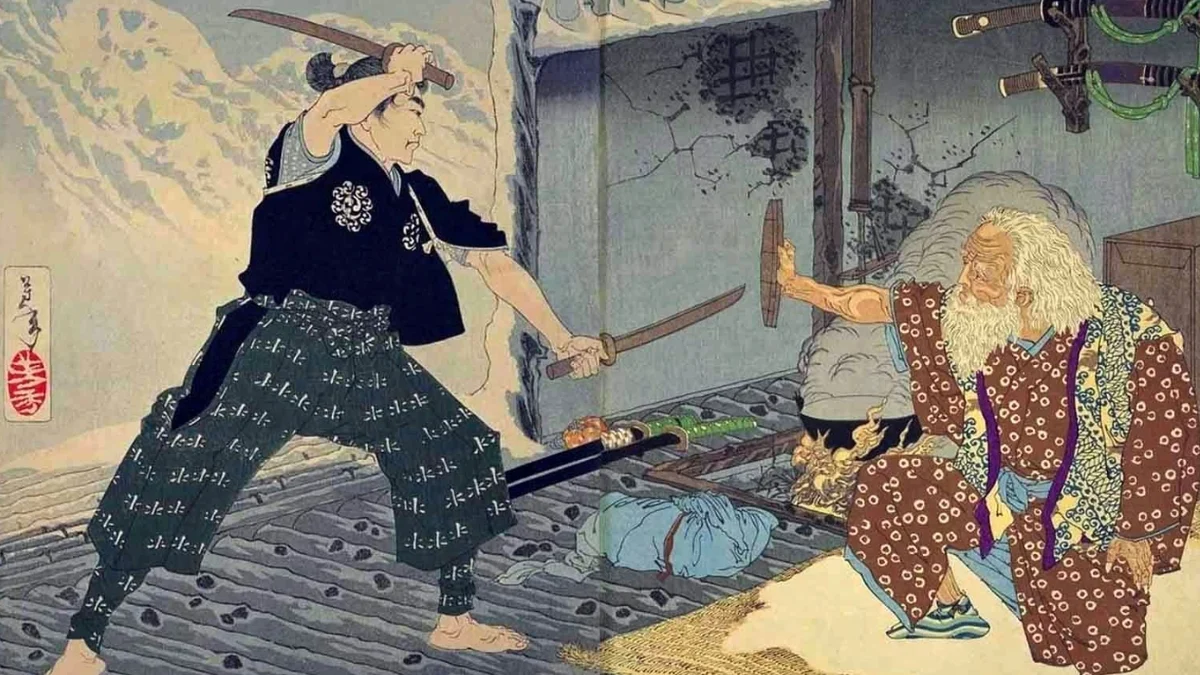

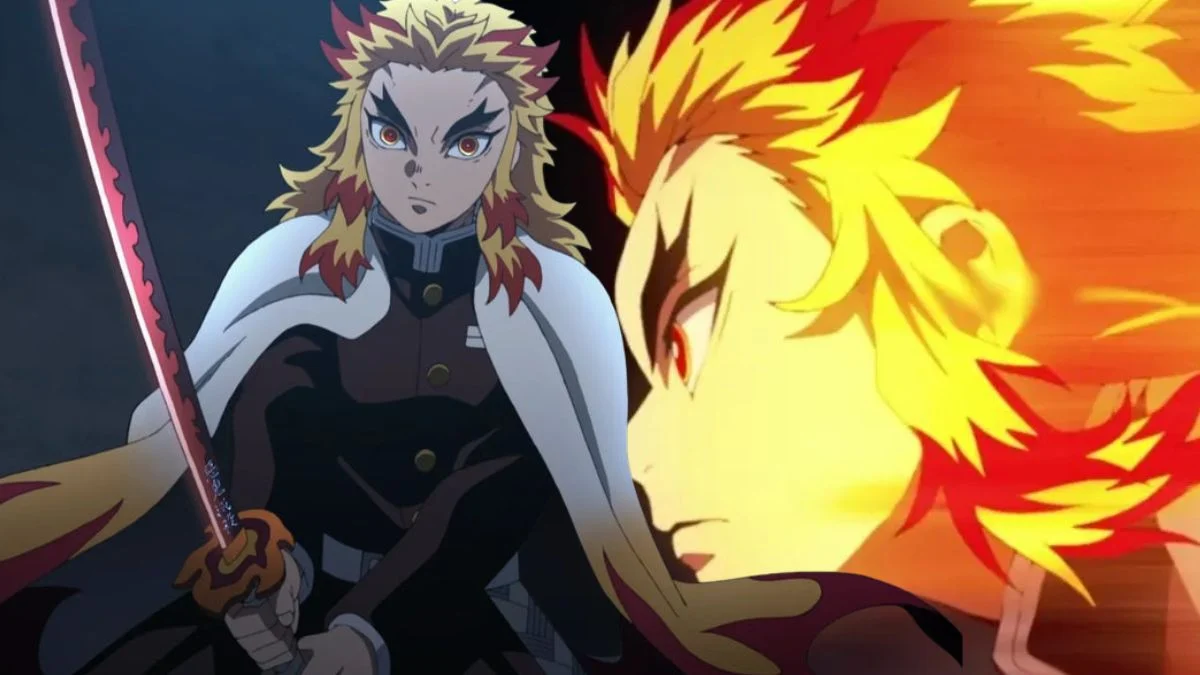

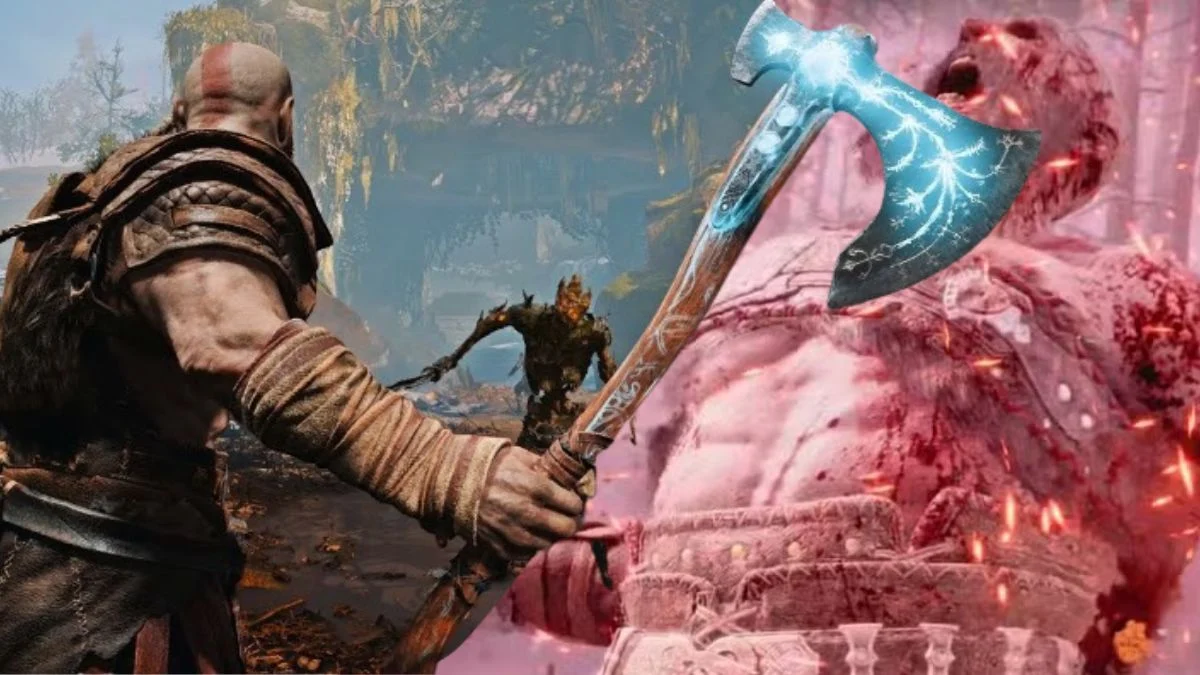




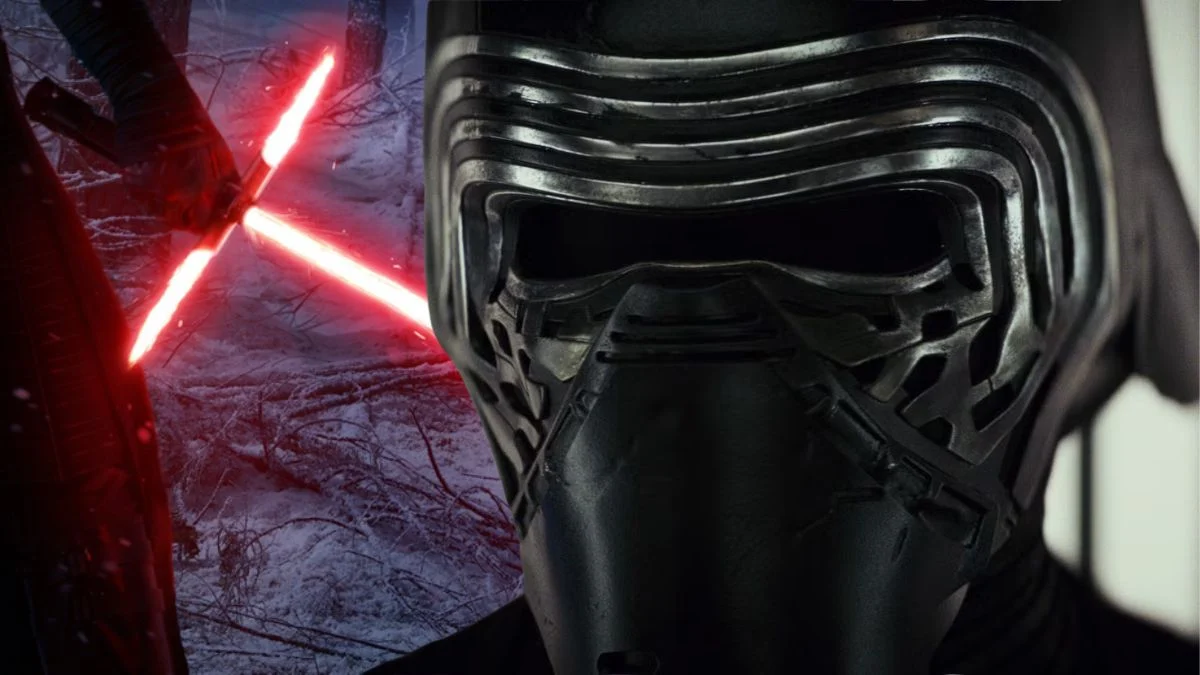




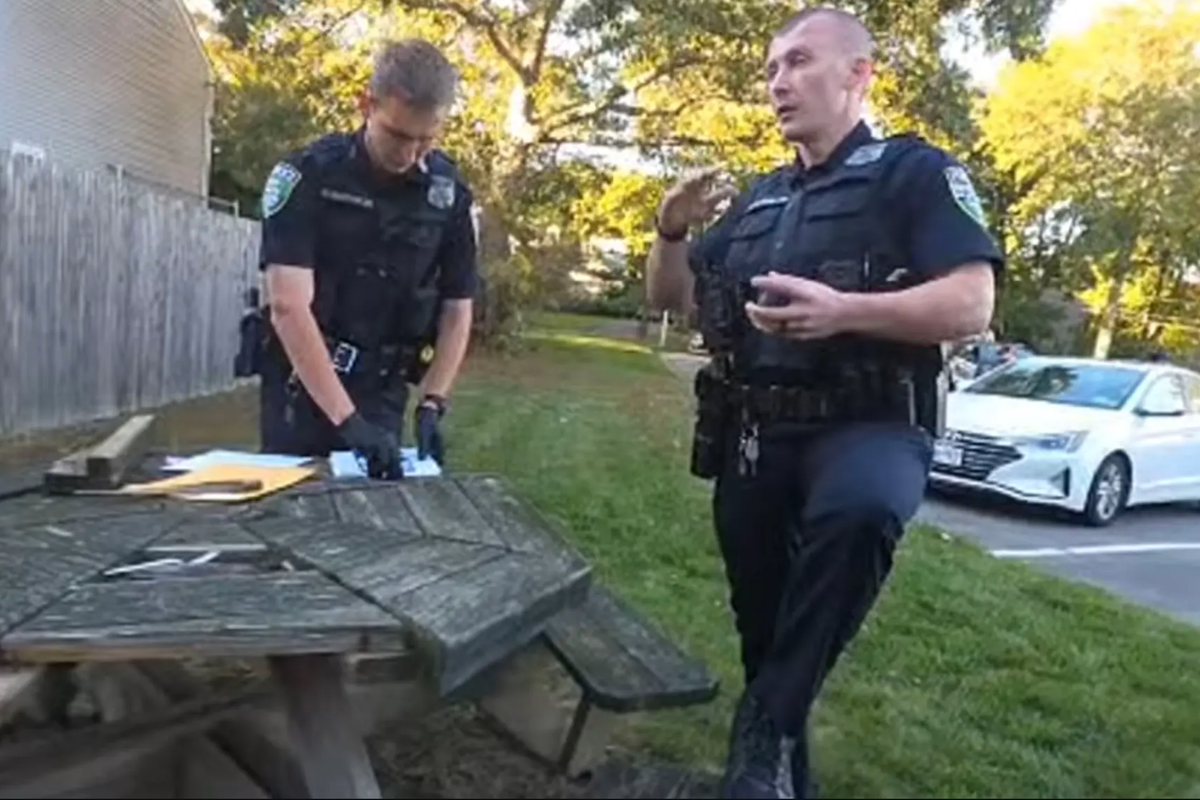

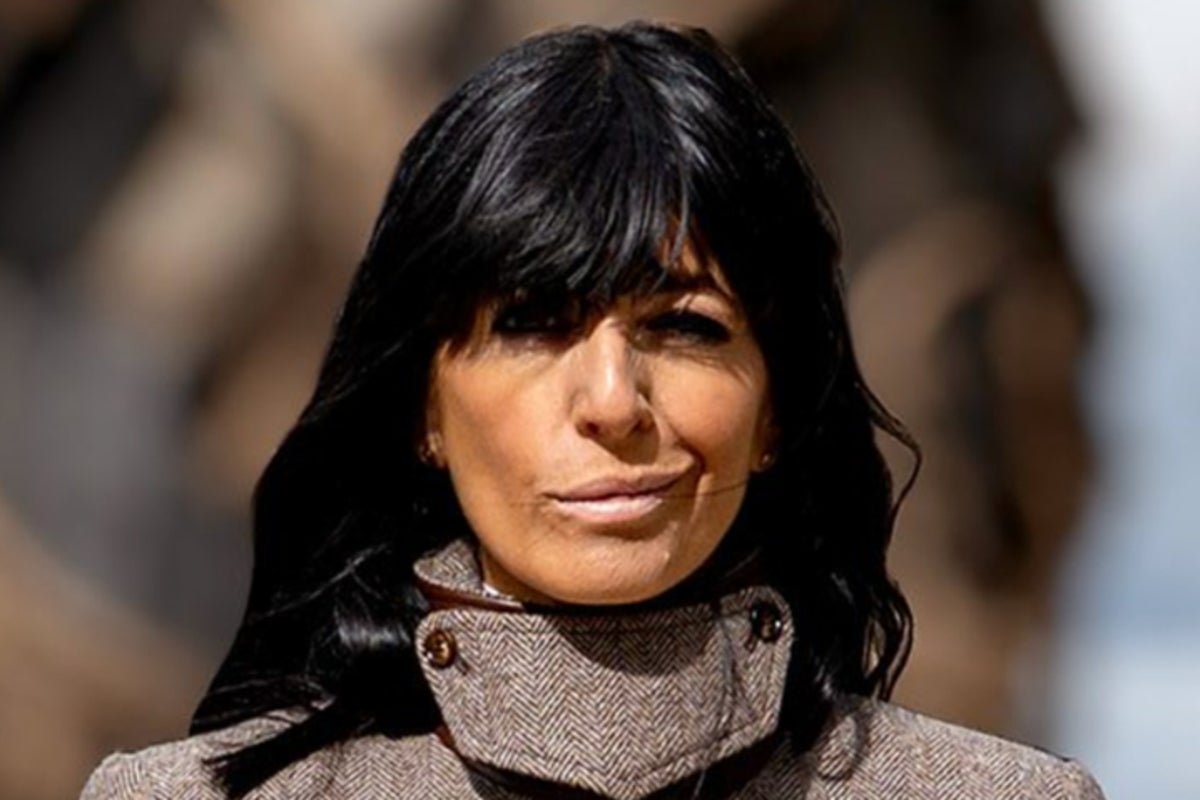






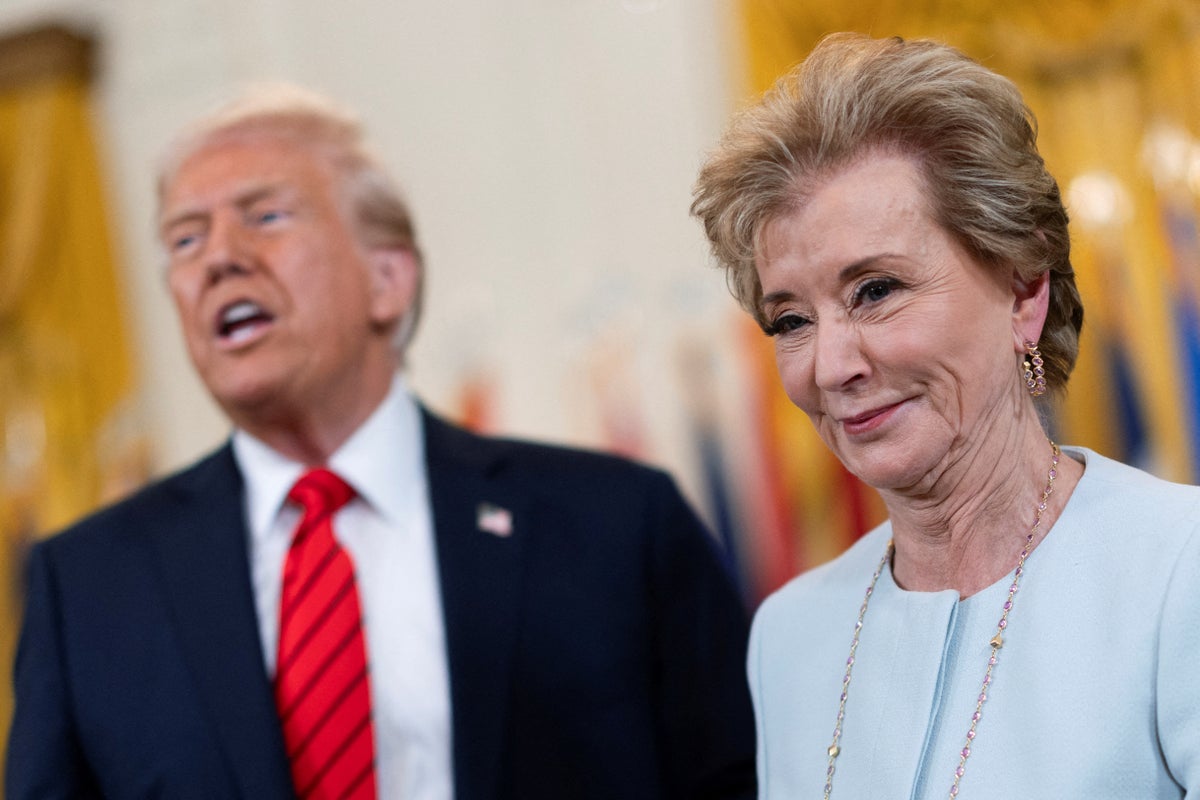



 English (US) ·
English (US) ·